

Table of contents
- function of aerial roots
- Prevent
- cut off
- stabilization
- care
- Redirect
- Conclusion
If rubber trees & Co. show numerous aerial roots, these can not only become a visual disruptive factor, but also a stumbling block. Then at the latest, suitable measures should be taken to sensibly redirect the aerial roots - because cutting them off is neither necessary nor recommended. If you don't want to let it get that far in the first place, you can reduce the tendency to aerial roots in rubber trees, monstera and philodendrons right from the start. Interested hobby gardeners can find out how to proceed in the following.
function of aerial roots
Some plants, such as the monstera, philodendron, and rubber tree, tend to develop aerial roots. If these are short and hardly protrude from the trunk, they don't bother much. The situation is different when they grow beyond the pot and become a tripping hazard or anchor themselves in the shoots of other plants. The temptation to simply cut off the aerial roots is then quite large. However, this approach does not get the growth. Although they usually do not die immediately, they are significantly weakened or encouraged to only develop more aerial roots.
The reason for this can be found in the functions of the above-ground roots. These ensure stability, are climbing aids and thus make it easier for the plants to grow in height. In addition, they are able to absorb moisture and nutrients - so they also play a crucial role in the supply of the plant. Accordingly damaging is their removal.
Prevent
So that it is not necessary to cut off the aerial roots in the first place, it makes sense to take good care of rubber trees and the like. This includes the following measures:
- Offer the plant a climbing aid, for example a moss stick or a trellis
- Sufficient watering and spraying, in addition to wiping the leaves regularly with a damp cloth
- Fertilize at regular intervals
- Place in fresh substrate or repot annually if necessary
Giving Monstera or Philodendron everything it needs for healthy growth in this way effectively reduces the tendency to aerial roots.
cut off
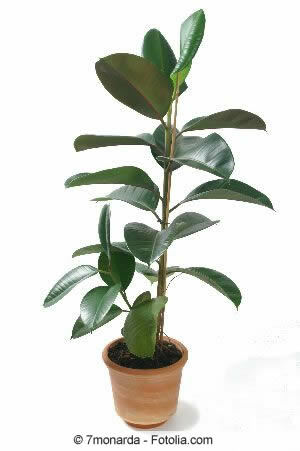
If there is an increasing number of aerial roots, the conditions should first be checked. Foothills often form more often if the substrate is too dry or does not contain enough nutrients. The plants then try to compensate for the resulting deficit with aerial roots. The same applies if the plant lacks the stability for height growth.
Anyone who notices a sudden, very strong development of aerial roots can often counteract this by increasing the moisture and nutrient supply. In addition to improving culture conditions, it is allowed to remove short aerial roots with a sharp knife. The shorter these are, the less stress there is on the crop.
To do this, proceed as follows:
- A sharp knife is thoroughly cleaned and ideally disinfected.
- Gloves should be worn to protect against the exiting plants. It is also beneficial to cover the ground under the plant.
- The aerial roots are cut off individually and carefully from top to bottom directly on the trunk.
- To avoid excessive sap leakage, the cut surface can be dabbed with a hot, damp cloth or dusted with charcoal powder.
Cutting should really only be done when the aerial roots are a few inches long. If there are already numerous longer foothills, cutting them off is no longer recommended. The plant would suffer too much. In addition to removing the aerial roots, care must be taken to eliminate the causes. The supplying shoots are cut off, although the water and nutrient supply continues is insufficient, the plant dies and first tries to make up for the deficit with even more aerial roots to balance. This is also the case if there is a lack of stability.
stabilization
With larger and older plants, it often happens that aerial roots are formed for stabilization. If they do not find a suitable base, the number of unwanted roots increases steadily and anchors themselves wherever they can find support. This can be counteracted quite easily by providing a climbing aid. The already mentioned moss stick is ideal. The rough and slightly uneven surface offers the stabilizing aerial roots an optimal substrate. In addition, this hold is also visually appealing.
Alternatively, thin trunks or straight branches with bark, sticks or scaffolding can be used. Existing and longer aerial roots can also be subsequently attached to this in order to eliminate tripping hazards or to make the overall picture more decorative.
Tip:
When attaching long roots, make sure that they are attached very carefully and gently. The roots break easily and are therefore quickly damaged.
care
Since aerial roots form mainly when the plant is too dry and the supply from the substrate is not sufficient, an increased watering quantity can limit growth. In addition, the crop should be sprayed several times a week. Wiping the leaves with a damp cloth also improves absorption and thus supply.
If there are already numerous aerial roots, these can also be used for supply. There are various options to choose from. For example, it is good to attach a water container to the planter and let the aerial roots grow into it. It should be noted, however, that the aerial roots transform into ordinary roots over time. This in turn makes redirecting easier.
Instead of installing a separate water container for the roots, the development of aerial roots and their care can also be used as an exotic decoration. For this it is advisable to let the aerial roots climb into an aquarium. A glass with aquatic plants also gets a special touch from the climbing roots.
A nice side effect of the roots is their cleaning function on the water. Substances that are harmful to the aquarium inhabitants are absorbed by the rubber tree, philodendron and monstera and used to supply nutrients. The plants act as an additional filter.
Redirect
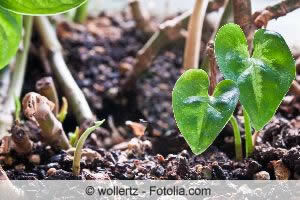
Since the aerial roots of rubber trees & co. can transform into ordinary roots when there is sufficient moisture, there is another possibility. Here, too, the supply of the plant is improved and the growth of the aerial roots is reduced in the long term. We are talking about redirecting or planting the roots.
To do this, proceed as follows:
- If the plant shows long aerial roots that already reach the substrate, the plant should be repotted as soon as possible.
- In order to ensure a sufficient supply, the old substrate must be completely removed. To do this, it is advisable to also rinse soil residues from the roots.
- When choosing the new planter, make sure that it is only one or two sizes larger than the previous one.
- The bottom of the pot is covered with a suitable substrate and the root ball is used. The aerial roots are guided down and into the planter in such a way that they are covered by as much soil as possible, but are still not under tension.
- Finally, the pot is filled with soil and poured with water. An additional attachment is not necessary for the aerial roots.
After a short time, the aerial roots form fine hairs and transform into ordinary plant roots underground. As a result, they provide stability in the substrate and serve to supply the plant.
Conclusion
Although it is possible, very short aerial roots in monstera, philodendron and rubber tree early cut off, these sprouts fulfill useful functions and are often signs of deficiencies. It is therefore advisable to prevent them through good care and cultivation conditions or to use longer aerial roots profitably. There are several options available for this, so that the right variant can be found for every decorative requirement and preference.
 garden editorial
garden editorial I write about everything that interests me in my garden.
Learn more about caring for plants
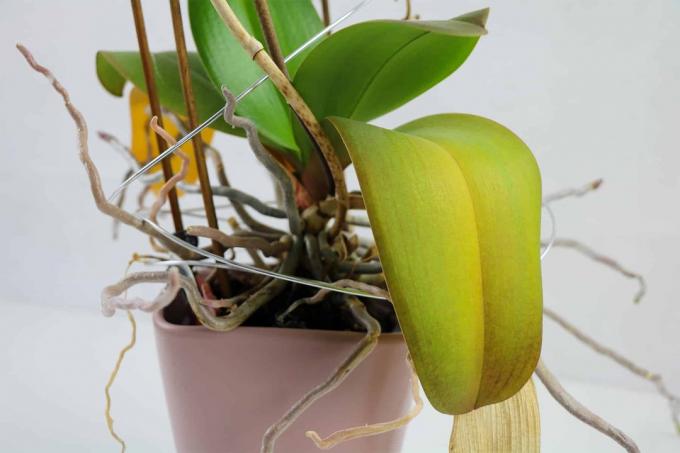
Plant hangs leaves despite water
If plants let their leaves hang despite water, this can have various causes. In order to prevent it from dying off by taking rapid countermeasures, you should find out about the possible causes and effective countermeasures here.
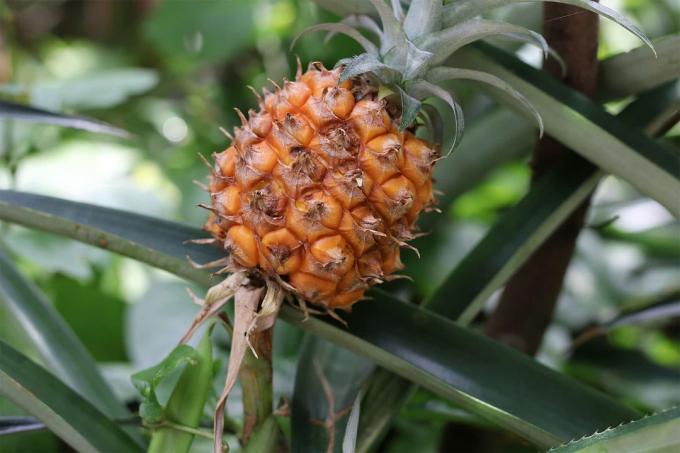
Plants hang their heads: what to do?
If the ornamental plants are cultivated in the garden or in pots and suddenly let their heads droop, then the question quickly arises as to why this can be. However, this is usually due to maintenance errors that need to be checked. If a remedy is found, most plants usually recover quickly.

Repot orchids: how & when to replant
Thanks to more uncomplicated and easy-care new breeds, orchids are now at home on many windowsills. In particular, the Phalaenopsis or butterfly orchid, which is available in countless varieties, is very popular. Read how and when you can best repot the distinctive beauties.

pull tree out of core | 7 tips for growing a tree yourself
Trees can be grown from cores without much effort. There are a variety of plants that have seeds and can be easily cultivated in your own garden. Special classic fruit trees should be mentioned, which are suitable for such a project.
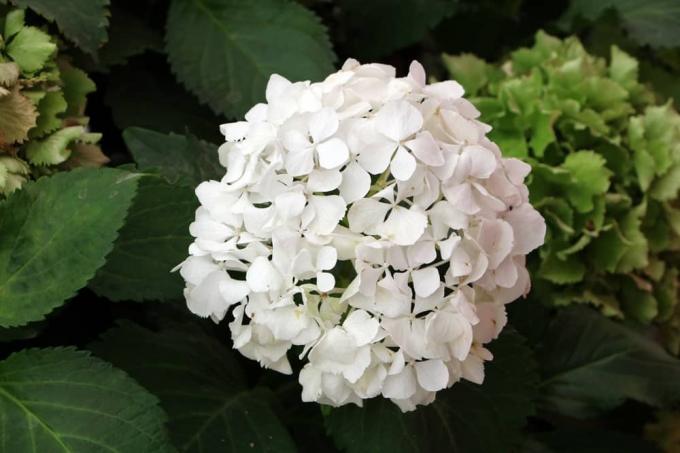
How do hydrangeas stay white? | That way it won't turn pink
How do hydrangeas stay white - this is the question many hobby gardeners ask themselves when the hydrangea changes color. The white often turns into a pink, which is usually comparatively pale or can appear "dirty". Here we reveal how it works.
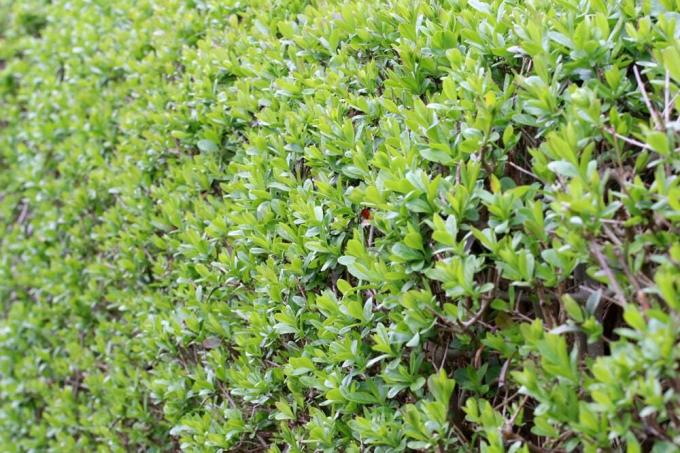
Cutting privet: when is the best time?
Privet is becoming increasingly popular and is often used as a privacy screen in the form of a privet hedge. This is not surprising, because the plant is easy to care for and fast-growing. However, it is crucial to cut the plant regularly at the right time.



